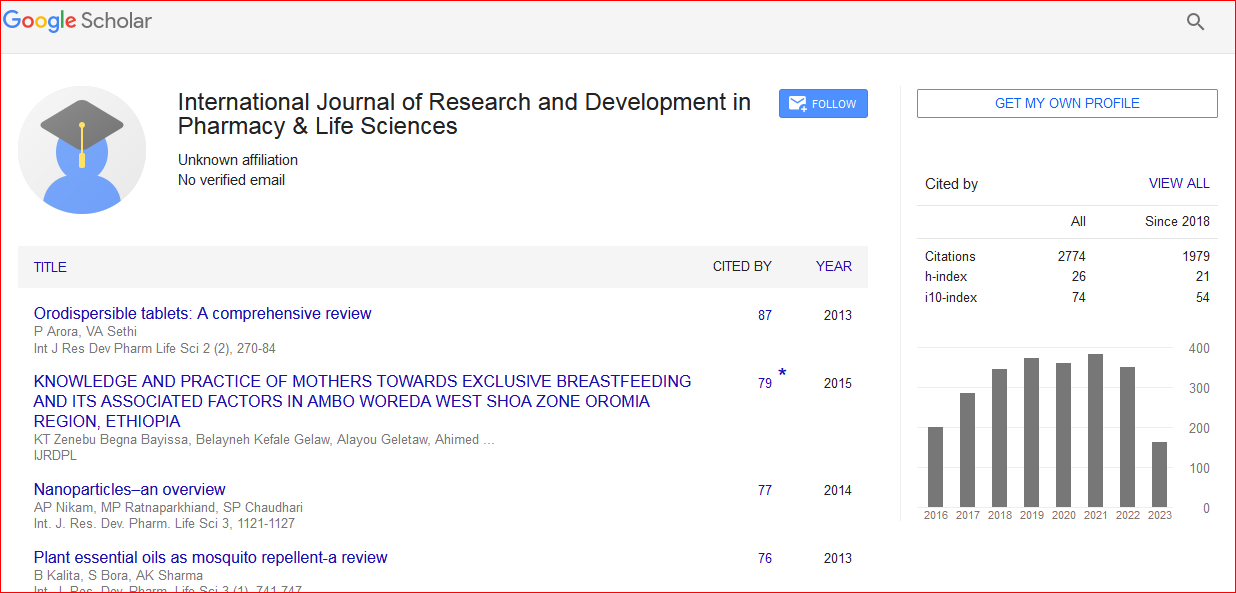Design, Synthesis And Antimicrobial Evaluation of 1,3,4-oxadiazole/1,2,4-triazole-Substituted Thiophenes
*Corresponding Author:
Copyright: © 2020 . This is an open-access article distributed under the terms of the Creative Commons Attribution License, which permits unrestricted use, distribution, and reproduction in any medium, provided the original author and source are credited.
Abstract
The balloning level of antimicrobial resistance in pathogenic bacteria, together with the lack of new potential drug scaffolds in the pipeline, make the problem of infectious diseases a major public health concern. Thus, in this context, a novel series of 1,3,4-oxadiazole-substituted thiophenes (4a-m) and 1,2,4-triazole (6a-m) substituted thiophene derivatives were synthesized in order to develop new compounds with improved efficacy, and to overcome the problem of drug resistance. Characterization of all the synthesized derivatives was done by various spectroscopic techniques such as 1H NMR, 13C NMR and mass spectroscopy, and evaluated for antimicrobial activity against various pathological strains such as gram positive and gram negative bacteria. The results obtained from antimicrobial evaluation of synthesized compounds revealed that all the compounds displayed moderate to significant antimicrobial activity. In particular, compound 6e and 4e exhibited significant inhibitory potential with MIC ranging from 2-7 µg/ml against S. aureus, B. subtilis, P. aeruginosa and E. coli. Additionally, compound 6e was found to be highly potent against methicillin resistant S. aureus (MRSA; MIC = 2 µg/ml). Molecular docking studies were also performed to confer the possible mode of action and association studies indicate the binding of potent active compound with DHFR enzyme. Further, the mechanism of action has also been explored by atomic force microscopy (AFM), which reveals the bacterial cell wall deformity and cell wall rupturing that may lead to bacteria cell death. Additionally, in silico ADME prediction study suggested the drug like properties of active compounds.

 Spanish
Spanish  Chinese
Chinese  Russian
Russian  German
German  French
French  Japanese
Japanese  Portuguese
Portuguese  Hindi
Hindi 
